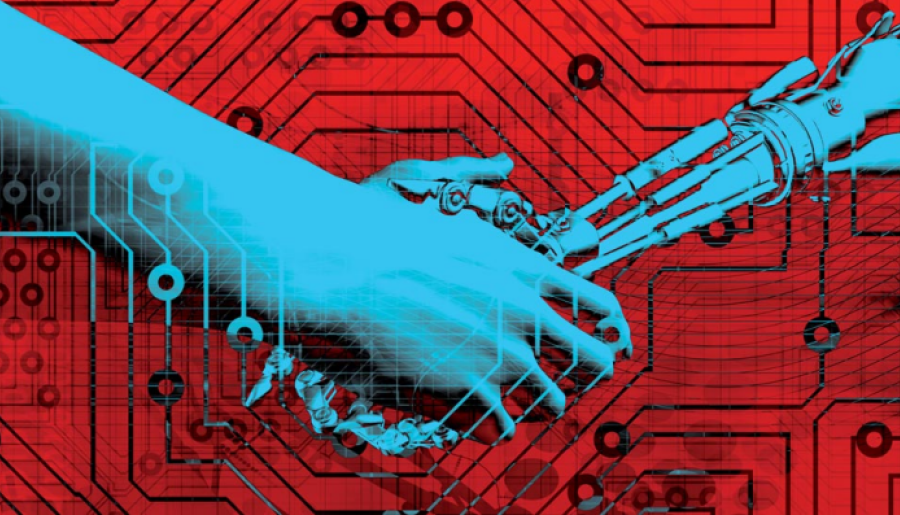This article explores some of the reasons why people and AI models complement each other well and some of the challenges that come with implementing AI in an operational environment.
MODELLING IN AN OPERATIONAL ENVIRONMENT
Like all models, AI models represent only part of the real world. And
while models can be trained on ready-made, cleaned and fully
understood datasets, performing in an operational environment brings
its own challenges. Missing data, untimely data or sometimes even
faulty data can easily cause a model to underperform or misinterpret
data. And even with a robust data pipeline, quality monitoring and
logging, outliers still occur. Commonly it is then up to the data scientist
to come up with a solution to prevent risky predictions or classifications
from reaching the operational team.
But in practice, people within the operation will quickly spot flukes, or
outliers that are unlikely and promptly incite further investigation. It
may therefore be much easier (and less costly) to have a person second
guess model output, rather than spend months optimizing a model and
trying to circumvent every possible problem that the model may run
into. It is then the feedback of all the people using the model
predictions that gives direction and significance to the data scientist on
how to make the pipeline and model more robust for better overall
performance.
